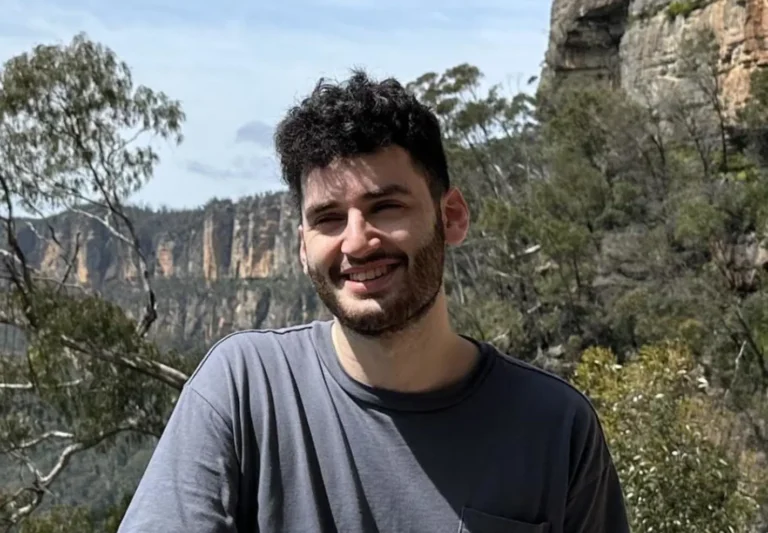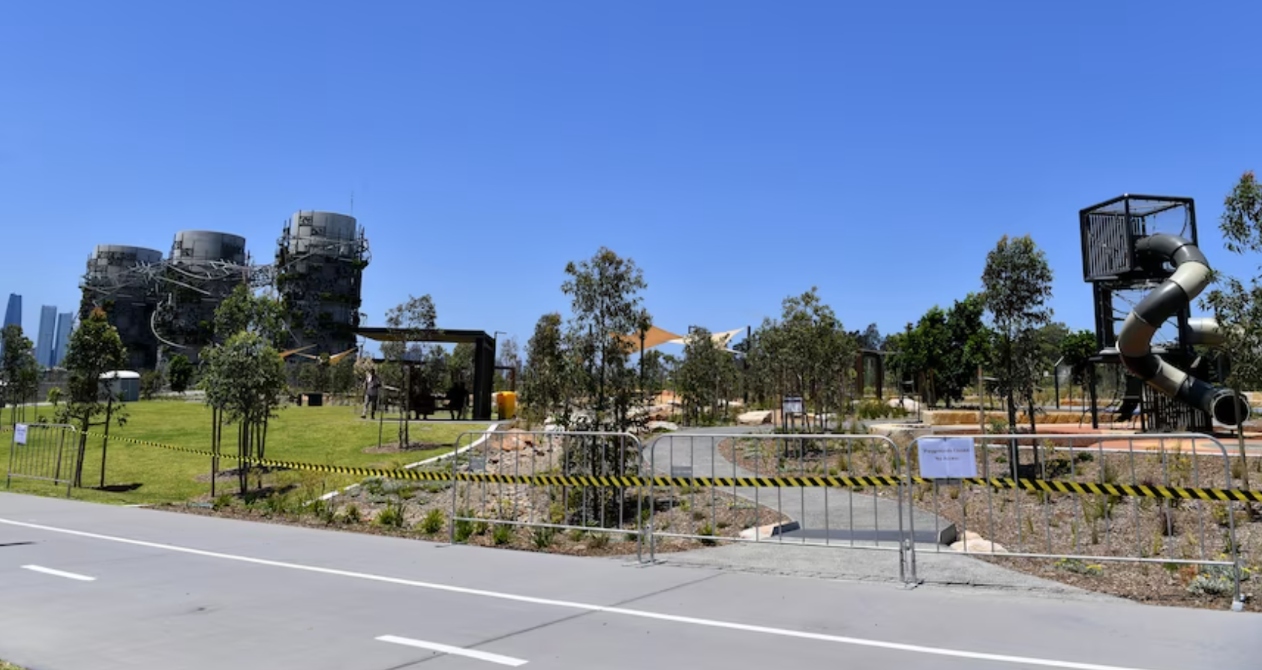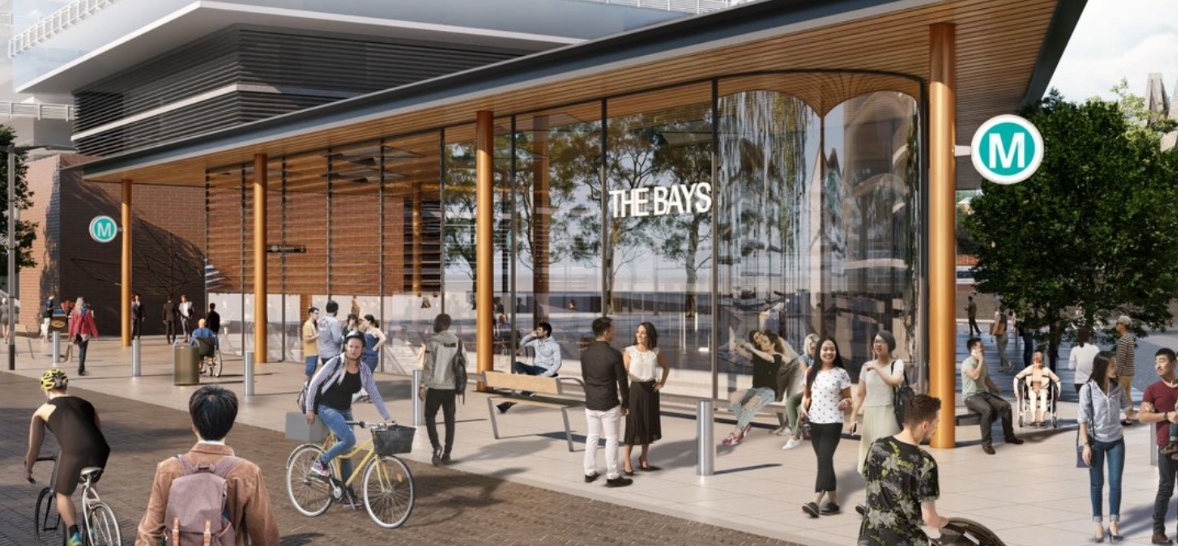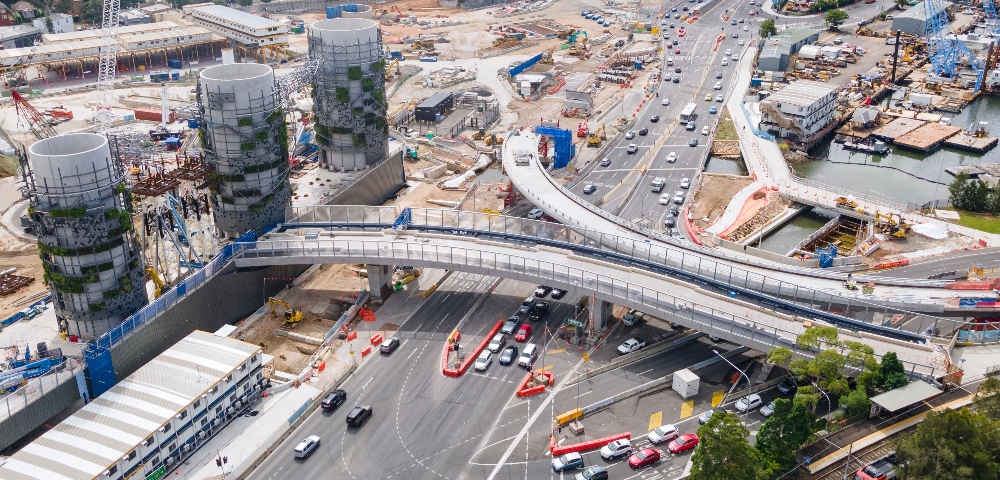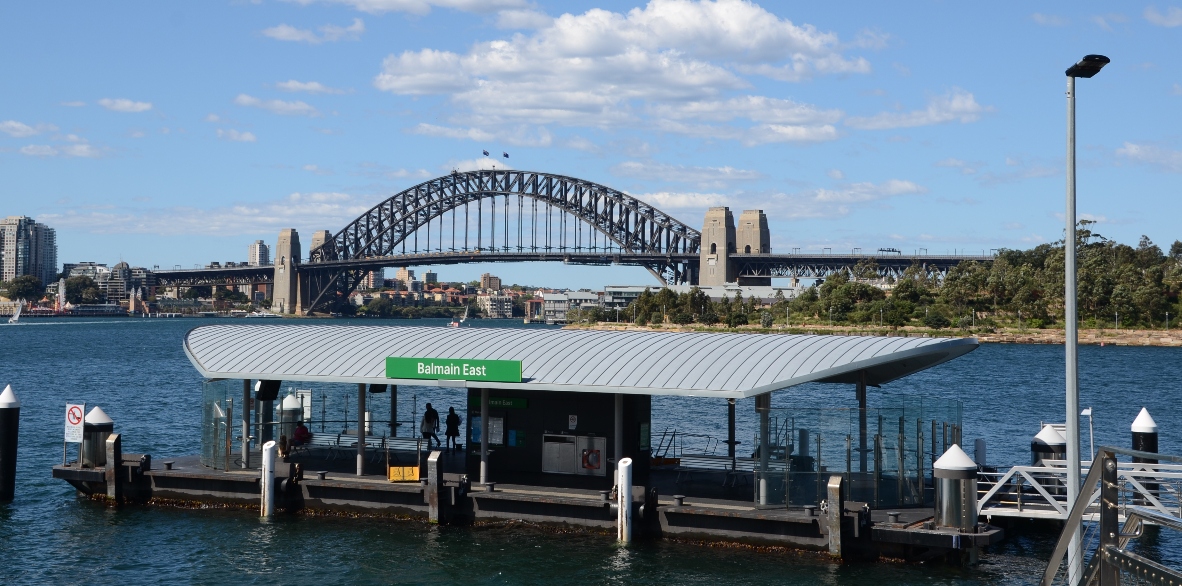
Sedimental blues
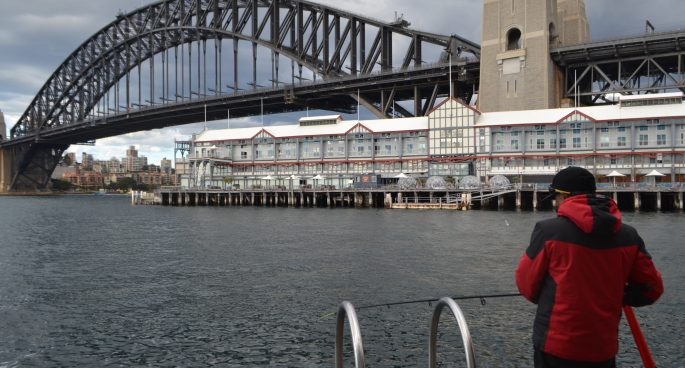
BY GEORGIA CLARK
50 years ago the once pristine stretches of the Parramatta River assumed an identity as an industrial dumping ground. Today, the legacy of the river’s industrial past still lingers, with fishing bans enforced West of the Harbour Bridge and once healthy stretches of the River largely unswimmable.
It’s a toxic time-bomb and disturbing this sediment could worsen already dire pollution levels. Now, sweeping developments along the shore of the River could be bringing more pollution to the already sullied waters.
Although just a few months ago, some 200 construction sites were fined more than $165,000 for development pollution in the river, local and state government body Our Living River still plans to have the river swimmable in just a matter of years.
The move comes as the Inner West Council this month unanimously decided to work to clean up the river in a bid to make it swimmable. But a report from the Sydney Institute of Marine Science from three years ago has warned that human activity in the river could risk uprooting these sediments and affecting water equality and biogenic habitats.
According to Dr Stuart Khan, Associate Professor of Environmental Engineering at UNSW, there is still much uncertainty around whether the water will be safe to swim in.
“The question is whether it’s a safe level of exposure. That question still needs to be answered in terms of recreational use of the area. One thing about dioxins is that they tend to stick to sediment and sediment gets buried… but you still wouldn’t want to resuspend it all back into the water column where fish will come into contact with it,” he said.
According to Dr Khan, the combination of sediment run-off and chemical contaminants have made the river a virtual waste-ground.
“There are two different types of contaminants – chemical contaminants, so things like dioxins, which are very toxic but we don’t really have a good understanding of how concentrated they are and the roots of exposure to those contaminants are relatively minor…
“While we are concerned about the consequences and that they cause cancer… they’re not at top of list… that’s more about pathogens that might be present and those concentrations are very transient depending on the weather..
“If people were to come into contact that’s when you can get gastro, ear infections, they’re the things stopping a lot of recreational use at the moment,” he said.
Fishermen still gather in numbers to catch and eat fish, unphased by the legacy of pollution. One fisherman just West of the Harbour Bridge, Herman, said he has been eating fish in the area weekly for 15 years.
“If I catch five I will take three and give it to my friends … I come every week yeah and I will eat the fish. It’s not really a problem for me… I’ve been eating the fish all my life, for 15 years, multiple that by every week I came here. I’m alright. It’s not really a major concern for me,” he said.”
But just decades earlier, the industrial development of chemicals like Agent Orange left fish and sediment West of the Bridge riddled with dioxins that cause cancer in humans. That, combined with sediment run-off from local developments and untreated stormwater has made the river highly polluted.
According to Stan Konstantaras, President of the Recreational Fishing Alliance of NSW, numerous anglers continue to eat fish in the area despite the health risks association with consumption of fish West of the Harbour, because of cultural and language barriers.
“I think they’re not concerned because they don’t understand and don’t have enough information… we’re west of the Bridge and there’s no signs anywhere to indicate that it’s unsafe to eat them. No real targeted campaign to non-speaking anglers,” he said.
And now, decades later, plans to make the upper and middle part of the river swimmable by 2025 have been revived. With non-compliance on development pollution at 50%, Jerome Laxelle, chair of Our Living River, said addressing non-compliance is crucial to ensuring the river is safe to swim in.
“50% is too high and we need to work with local government and builders to ensure sediment controls are kept up to speed. Development is a real threat to the river’s environmental conditions but also a real opportunity to help fund the cleaning up of the river,” he said.
But the group are confident that the river will be safe to swim in by 2025.
“This was a date we thought was achievable in conjunction with agencies like Sydney Water,” Laxelle said. “We set that as a target date, but there is a bit of work to do. However, at each and every stage we’re all surprised at the existing quality of the water.”
With the blueprint for the river’s plans soon to be released, the potential health and ecological impacts of swimming in the area is still unknown. But with stormwater runoff released with negligible treatment and pollution worsened by non-compliant developers whether the river’s act will be cleaned up, only time will tell.
